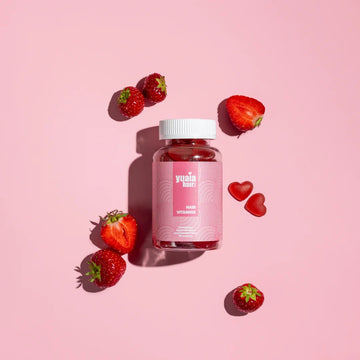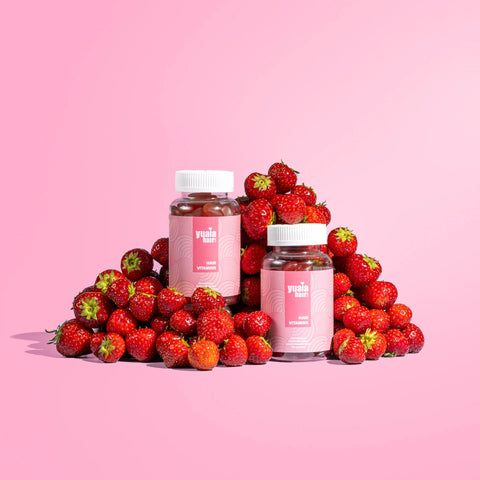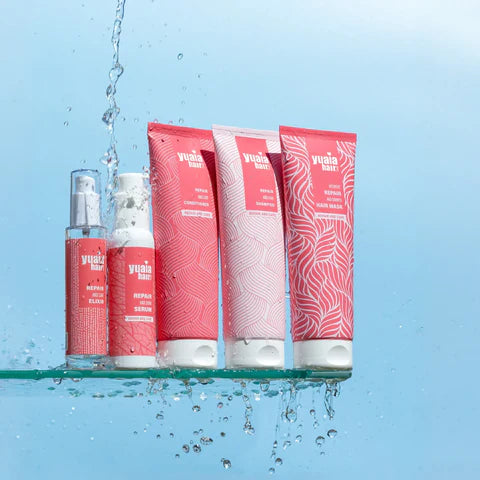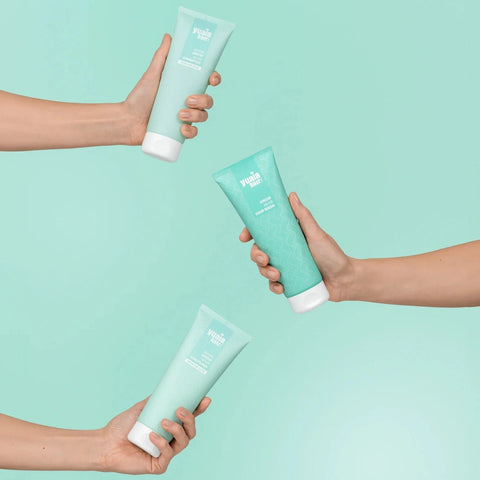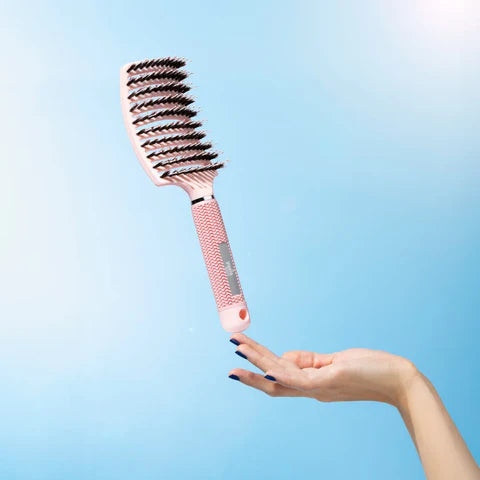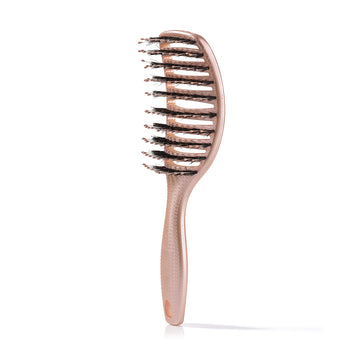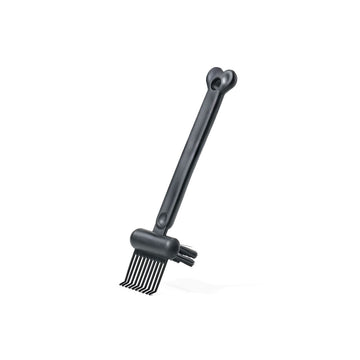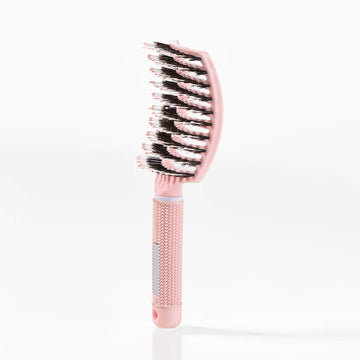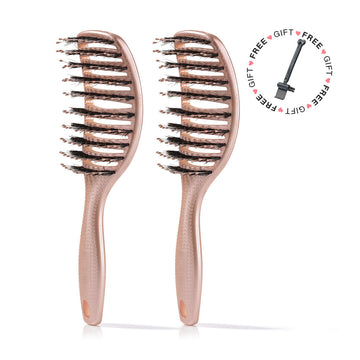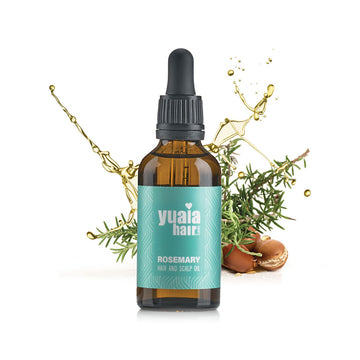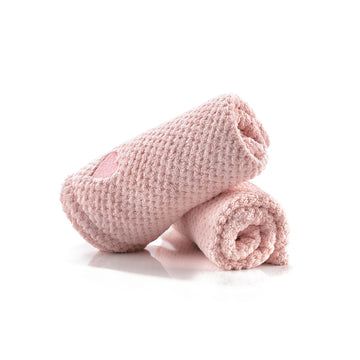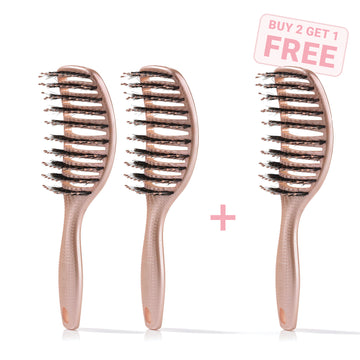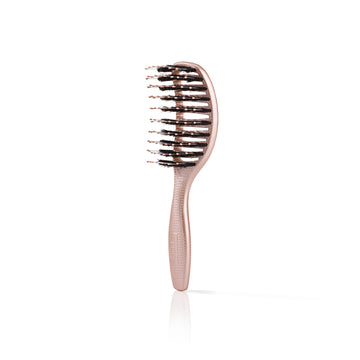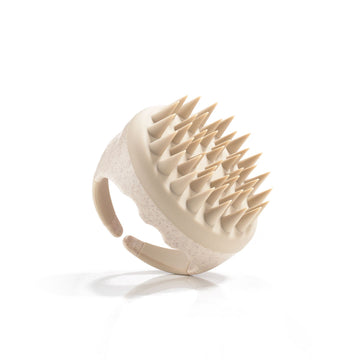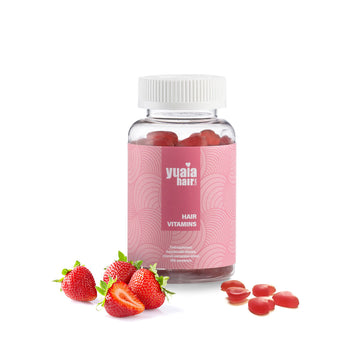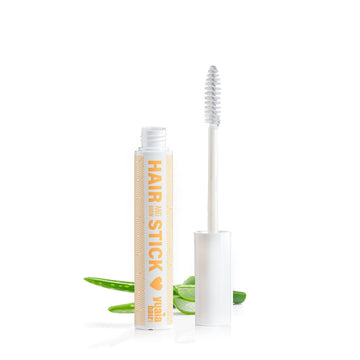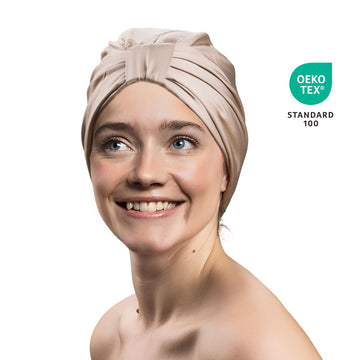8 of our best tips to avoid damaged hair after bleaching
When you bleach your hair, there is no doubt that you damage it. Therefore, the aftercare of the hair is very important in terms of repairing and strengthening it afterwards. Especially if you are going through a course of bleaching, it is important that your aftercare is optimal, so that you ensure as strong hair as possible.
Skip washing your hair once in a while
Do you shower every day? Then you have to get used to skipping a few hair washes. Not only is your hair affected by the harsh treatment, your scalp can feel it too. That's why it's about giving your scalp a rest after your bleaching so that it recovers. You can do this by skipping the hair wash and when you finally wash your hair, give it a lot of moisture. By skipping a hair wash, the scalp gets the opportunity to produce its natural oils, which should help supply the hair with the necessary moisture.
In addition, it is good advice to wash your hair in as cold water as you can stand, as cold water dries out the hair much less than, for example, warm water.
Use a shampoo suitable for blonde hair
After bleaching, it is important that you get a shampoo that adds a lot of moisture to the hair and possibly a hair mask with some restorative proteins. However, it is especially important that you use a silver shampoo or shampoo targeted at blonde hair. When blonde and bleached hair is exposed to various substances, products and heat tools, it can have a tendency to take on a reddish or yellowish tinge. Silver shampoo contains a lot of purple pigment, which, if you observe the drying time, reduces the yellowish color that can occur in the hair. Read our guide to silver shampoo here .
NOTE: You should not use silver shampoo every time, as it is drying for the hair. It is therefore one of the last things you want to subject your bleached hair to. Here it is important that you use a moisturizing shampoo to alternate between.
Use an intensive hair treatment with plenty of moisture and keratin
This advice is probably one of the most important to remember when you bleach your hair. Your blonde, bleached hair needs a lot of moisture and restorative ingredients such as keratin and microproteins. It may be a good idea to use a hair conditioner often after the treatment, we recommend every other hair wash. However, this is very individual in relation to whether your hair tends to clump together with too much moisture. The hair treatment helps to give the hair the necessary moisture and care, which means that the hair strands do not break so easily. It is important that after you have used the hair treatment, you finish with conditioner, as it helps to close the hair shaft again and thereby bind the moisture and care in the hair.
A small tip can be to leave the hair treatment in your hair for a longer period of time, for example you can watch a film, read a book while your hair gets care and moisture.
Comb your hair through gently
A blonde, bleached hair is more porous than untreated hair. It may therefore be a good idea to find a good routine for combing your hair, possibly also find a gentle hair brush. Here we can really recommend the Curved Paddle Brush , which with a combination of boar hair and nylon spikes gently combs through the hair.
A good routine is to save the hair when it is dry. Here you have to start from the ends and work your way up through the hair. You must never save the hair with a hairbrush when it is wet. Your hair is very fragile after bleaching and only becomes extra fragile when the hair is wet.
Find a good moisturizing hair oil or leave-in product
You need a good leave-in hair oil or product if you have blonde bleached hair. You can give your hair a little extra love by finding a leave-in product that can both provide your hair with moisture and care, but at the same time also protect it from environmental influences.
We can recommend two products, our Hair Elixir , which is a hair oil with lots of moisture and care that gives a delicious shine and anti-frizz effect. If you are a bit more into a more restorative leave-in product, then our Repair and Care hair serum is something for you. It cares for the hair from the inside with Inca-Inchi oil, argan oil and wheat protein. In addition, it is also heat-protective and vegan.
Turn down the heat and styling
Many people use heat tools such as blow dryers, straighteners and curling irons in everyday life. No hair has good hair, especially not bleached hair which is more porous. By using heating tools, we make the hair hot in order to be able to style it in the desired way. But when the heat in the hair exceeds 215 degrees, the hair's protein keratin begins to melt. It will obviously not be good for the hair. Therefore, we recommend that you do not use heating tools that exceed 185 degrees heat.
With bleached hair, it is much more porous and therefore you need to go much further in heat before your hair is not damaged, try to limit yourself to 150 degrees if you finally have to use heat tools. Finally, it is also VERY important that you use a heat protection product in your hair before using the heat tools. In this way, your hair is best protected against the heat.
However, there may also be an idea in finding methods to style your hair without the use of heat. Here, it's just a search away on Youtube before you have endless inspiration for different ways to get curls or hairstyles.
Split ends: Trim them
After bleaching, some of the hair may be included and lead to split ends. It is important to have your split ends cut regularly, as otherwise it can affect the rest of the hair, where it can either split or break. If you notice split ends, it may therefore be a good idea to pay a short visit to your hairdresser.
Take care of your hair when it is wet
The hair is extra fragile when it is wet, especially if it is already fragile, it is important to pay extra attention. If you have to save your hair while it is wet, it is important to use a wide-toothed comb to ensure as gentle detangling as possible.
Use vitamins for hair
The hair needs care, both external and internal care. External care is often talked about a lot, while internal care is often neglected. Nevertheless, it is almost as important, as it is important that the hair follicles produce as good hair strands as possible in order to maintain normal hair. Especially when you bleach your hair, it may be a good idea to supplement with a dietary supplement for the hair with biotin and zinc, which help to maintain normal hair. Here we can highly recommend our hair vitamins, which contain a lot of ingredients that have supporting functions to maintain normal hair.
Frequently asked questions about bleaching the hair
How long does hair bleaching last?
Hair bleaching treatments typically last between 3-6 weeks before the results start to fade. This time frame can vary depending on the type of bleach used as well as the overall health and condition of your hair. In general, the lighter you choose a bleaching process, the faster it will start to fade. If you use a more permanent solution such as toner or highlights, you may find that the results last longer. In addition, regular washing and styling can also cause hair bleaching treatments to fade faster. To maintain long-lasting results from a hair bleaching treatment, it is important to use good quality products specifically designed for colored hair.
Can you lose hair by bleaching your hair?
Bleaching your hair can cause hair loss under certain circumstances. Firstly, the bleaching process itself can be very damaging to the hair strands as it requires harsh chemicals that strip the natural oils and pigments from the hair. This leads to dry and damaged hair that is more prone to breakage. In addition, if too much bleach is used or used incorrectly, it can burn or seriously damage your scalp, leading to irritation and temporary hair loss. If you want to bleach your hair, it is best to go to a professional stylist who can apply the bleach correctly while being careful not to cause further damage. To minimize potential damage, you should also use a sulfate-free shampoo and conditioner after bleaching.
How harmful is hair colouring?
Bleaching hair is harmful due to the strong chemicals like ammonia and hydrogen peroxide, which break down the hair's natural pigment and damage the cuticle, the outer layer of the hair. This leads to dry, brittle hair, loss of shine and elasticity and increased porosity. Repeated bleaching can worsen the damage and lead to long-term problems like hair loss.
What is the difference between colouring and bleaching hair?
Hair colouring and hair bleaching are two different processes used to change the colour of hair, but they differ in their approach and mode of action:
- Hair colouring: Hair colouring involves adding colour pigment to the hair to change or enhance its colour. This can be done using permanent, semi-permanent or temporary hair colouring products. Colouring can darken, lighten or change the hair colour without removing the natural pigment.
- Hair bleaching: Hair bleaching involves removing the natural colour pigment from the hair using chemicals like ammonia and hydrogen peroxide. This process breaks down the hair's natural colour and makes it lighter or even completely blonde. Bleaching is necessary if you want to achieve lighter shades or to remove existing colour before applying a new colour.
In short, while colouring adds colour to the hair, bleaching removes the natural pigment to achieve a lighter colour. Both processes involve the use of chemicals, but bleaching is usually more damaging and requires more care to maintain the health and appearance of the hair.
How long does a bleach last?
The longevity of bleaching depends on several factors, including the natural colour of the hair, the quality of the bleaching process and the subsequent care. Generally speaking, a bleach colour can last from several weeks to several months, but this can vary significantly. If the bleaching is done correctly and the hair is properly cared for afterwards, the result can last for several months. However, natural hair growth and exposure to sunlight and other environmental factors can gradually affect the colour and cause some smearing or change in tone over time.
Furthermore, repeated bleaching to achieve lighter shades can also affect durability, as repeated chemical processes can degrade the quality of the hair and make it more susceptible to damage.
To prolong the longevity of a bleach colour, it is recommended to use gentle hair care products, avoid frequent hair washing, limit exposure to hot styling tools and protect hair from the sun with hair care products that contain UV protection.
Product recommendations for bleaching hair
Bleaching your hair requires a lot of moisture and care from your hair products, so it's essential that you choose the right products to avoid your hair breaking or becoming further damaged. Here are our top product recommendations
Get a complete conditioning and moisturising hair care kit
It's not enough to just change the shampoo in your attempt to care for your hair after bleaching, it requires more comprehensive care that you can easily get with our Healthy Hair Kit. It consists of a shampoo, conditioner and hair mask that provides maximum moisture, conditioning and strength to your hair. The kit contains a wide range of ingredients such as Aloe Vera, Inca Inchi Oil, Macadamia Oil, Jojoba Oil and Shea Butter, Sorbitol, Sodium Hyaluronate (hyaluronic acid) which all have amazing conditioning properties. In addition, it also contains hydrolysed wheat protein that works to rebuild and reduce damaged hair. The set also helps to reduce split ends and is of course colour protective. They're also sulphate and silicone free, so it's as gentle as possible on the hair.
An important tip is to use the shampoo twice and then use the hair mask for about 10 minutes before applying conditioner.
Heat protection with UV protection
A definite must have in your hair care routine when you have bleached your hair is to get a heat protection spray with UV protection. Heat and UV rays can be harsh on the hair and help to dry it out even more, which can lead to breakage. We highly recommend our Style and Shine Heat Protection Spray, which is heat-protective up to 220 degrees, UV protective and silicone-free. It also contains moisturising ingredients, so your hair stays moisturised even when exposed to heat.
Hair serum with heat protection
Our Repair and Care hair serum is great for conditioning and moisturising hair with its high content of fast-absorbing Inca Inchi Oil. It also contains hydrolysed wheat protein to help reduce damaged hair. It protects the hair and is also heat protective.
Microfibre hair towel
Hair is most fragile when it's wet. That's why it's a good idea to get a good microfibre hair towel that can ensure gentle and quick drying of the hair. We highly recommend our microfibre hair towel, which is teddy bear soft and super water absorbent. It sits well on the head and does not fall off easily. A sure winner with our customers.
 2-4 day UK delivery
2-4 day UK delivery
 25.000+ satisfied customers
25.000+ satisfied customers
 Satisfaction Guarantee
Satisfaction Guarantee

